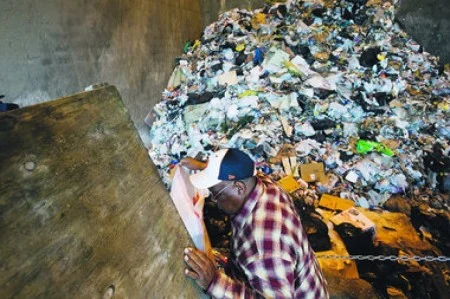Proponents of waste-to-energy (WTE) facilities have a good point: the amount of plastic that we throw away in the United States could generate enough electricity to power over 16 million homes.
But whether or not trash can really be considered a green energy source is highly dependent on how it is harvested.

Waste-to-energy incinerators burn municipal solid waste (i.e. trash) to generate electricity, and produce steam to heat buildings. Contrary to landfill-gas-to-energy (LFTGE) facilities, WTE incinerators generate significant emissions containing mercury, lead, ash and other pollution.
In May, Maryland enacted S.B. 690, which reclassified waste-to-energy facilities as renewable resources equivalent to solar and wind power under the state’s renewable portfolio standard (RPS). The law took effect at the beginning of October, and it is raising concern among environmental groups.
A new report issued by the Environmental Integrity Project (EIP) finds that WTE incinerators in Maryland emit more pollution per hour of energy produced than each of the state’s four largest coal-fired power plants. The report also finds that WTE incinerators are expensive to construct, and provide fewer jobs and economic benefits than recycling programs.
WTE companies, meanwhile, point to a U.S. Environmental Protection Agency study [PDF] that found the plants have significantly lower greenhouse gas emissions than LFGTE plants, and concluded: “If the goal is greenhouse gas reduction, then WTE should beconsidered as an option under U.S. renewable energy policies.”
In addition to the two WTE incinerators already in use in Baltimore and Dickerson, Maryland has approved at least three more incinerator projects, which would double the state’s capacity to incinerate trash for energy.
To prevent more WTE incinerators from passing as “renewable resources,” the EIP, along with the Chesapeake Climate Action Network and Clean Water Action, is urging Maryland to remove municipal solid waste from its RPS, invest further in recycling programs, reconfigure its production tax credit program to better promote clean energy resources like wind and solar, and increase its pollution monitoring network.
The PDF of the entire report can be found here.






